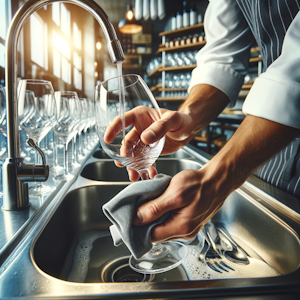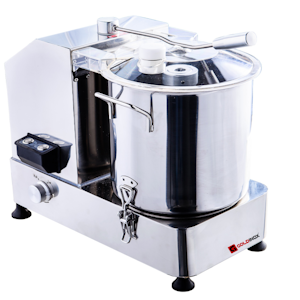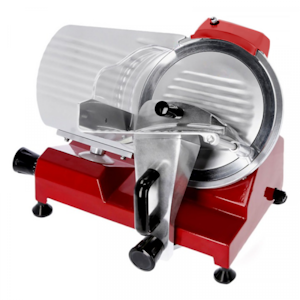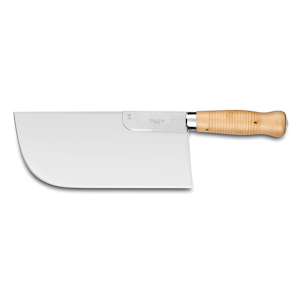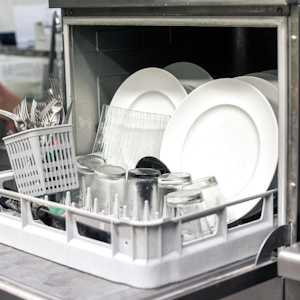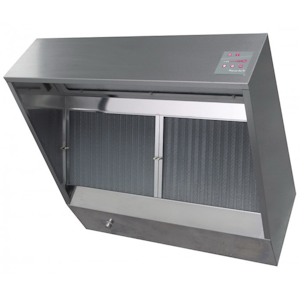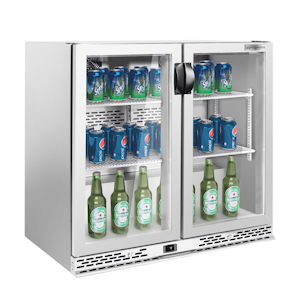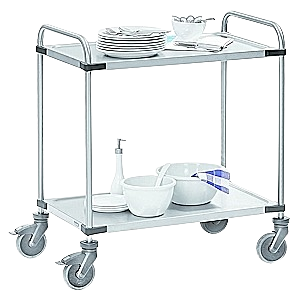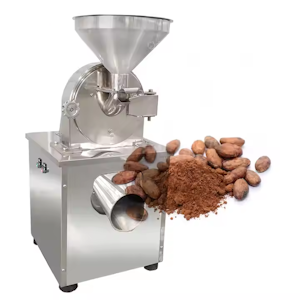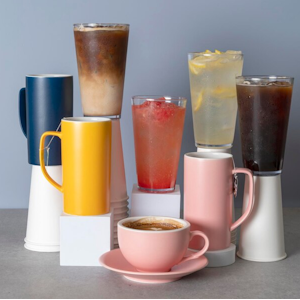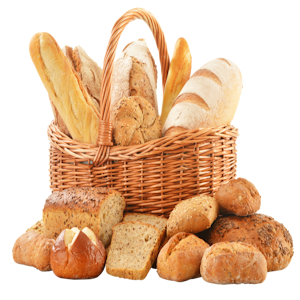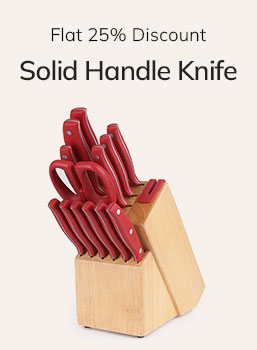Climate Classes
Why is it important to know the different climate classes?
When investing in a refrigerator or freezer, especially in a professional setting, understanding climate classes is essential. These classes define the temperature and humidity ranges in which the appliance can operate optimally. Choosing the wrong class can lead to excessive energy consumption, premature equipment wear, or even a break in the cold chain.
In other words, the climate class ensures:
-
Proper operation of the refrigeration unit
-
Internal temperature stability
-
Compliance with hygiene and food safety regulations (especially in food service)
If an appliance is placed in an environment warmer than what its climate class allows, it will have to overwork to maintain the cold, reducing its lifespan, increasing costs, and potentially compromising food safety.
The two existing classifications
1. Traditional nomenclature (ISO)
This is the most widely used classification on the market, especially for imported domestic and commercial appliances. It defines four main classes, each suited to a specific ambient temperature and humidity range:
Class SN (SubNormal)
-
Ambient temperature: 10 to 32 °C
-
Relative humidity: 10 to 95 %
-
Suitable for cool rooms (garages, basements, semi-buried spaces)
-
Variant: SN-T (10 to 43 °C)
Class N (Normal)
-
Ambient temperature: 16 to 32 °C
-
Relative humidity: 20 to 80 %
-
Standard for domestic indoor use
-
Variant: N-T (16 to 43 °C)
Class ST (SubTropical)
-
Ambient temperature: 16 to 38 °C
-
Relative humidity: 20 to 90 %
-
For warm and humid climates (e.g. southern Mediterranean)
-
Variant: SN-ST (10 to 38 °C)
Class T (Tropical)
-
Ambient temperature: 16 to 43 °C
-
Relative humidity: 20 to 95 %
-
Suitable for very hot, poorly ventilated or tropical environments
-
Variant: N-ST (15 to 38 °C)
2. European classification (EN/ISO 23953)
This is commonly used in professional environments, especially for refrigerated display cases, kitchen storage units, or supermarket equipment. It is based on the average ambient temperature and relative humidity.
| Class | Ambient temperature | Relative humidity | Recommended environment |
|---|---|---|---|
| 1 | 16 °C | 80 % | Cool, air-conditioned rooms |
| 2 | 22 °C | 85 % | Moderate environments |
| 3 | 25 °C | 60 % | Standard kitchens (canteens, restaurants) |
| 4 | 30 °C | 55 % | Warm professional kitchens |
| 5 | 40 °C | 40 % | Extreme conditions (tropical zones, hot industrial kitchens) |
This classification helps manufacturers and end-users assess how a device will behave in realistic operating conditions.
Conclusion
Knowing the climate class helps ensure that the appliance is suitable for its actual usage environment. Whether in a professional kitchen, garage, unventilated room or air-conditioned space, climate class ensures the equipment works efficiently without overheating or performance loss. It also helps manage energy use and avoid premature repair or replacement costs.

